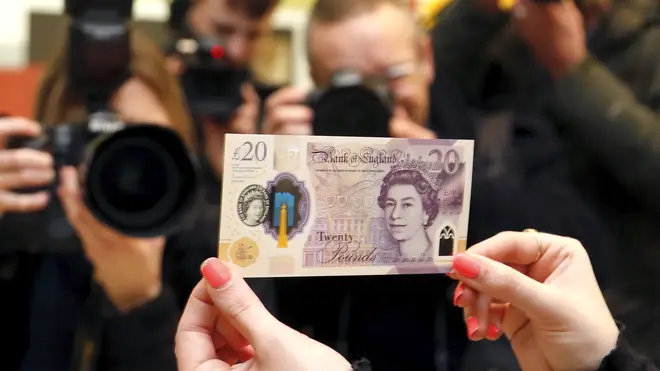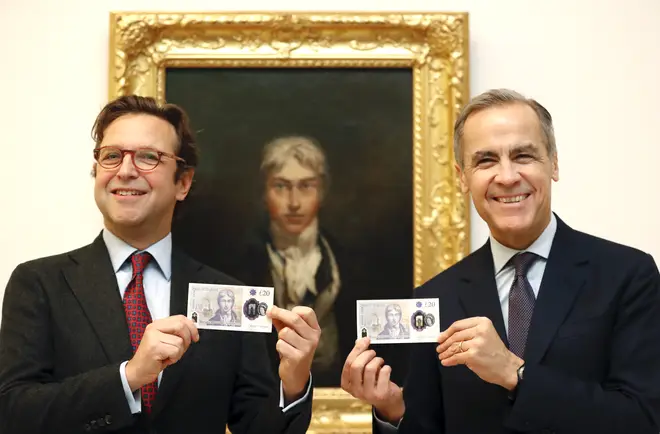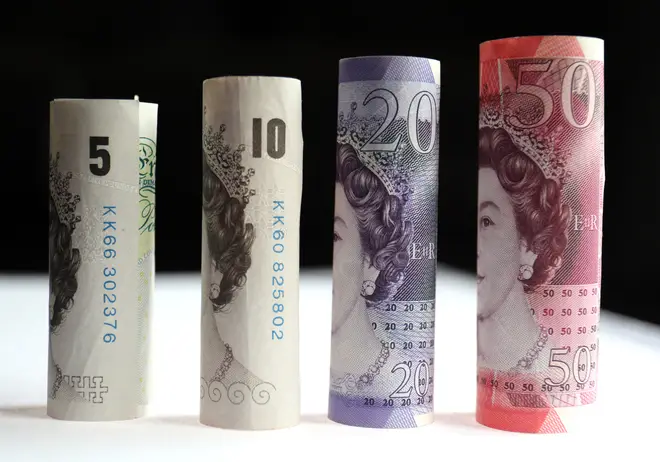New £20 note released today: Here's how to tell if your note is 'rare' and valuable
20 February 2020, 14:11

The Bank of England has put the new polymer £20 note into circulation today, with the bank claiming it is their most secure banknote ever made.
The Bank of England has spent the past 14 months printing new £20 notes, featuring painter Turner, in order to be ready for today's changeover.
However, some will quickly become collectors items and could be worth more than its £20 valuation.
According to reports, the very lowest serial number notes are given to the Queen, while the Bank of England will also auction some of the rarer notes for charity.
But in an exciting twist for collectors, not all of the notes with low serial numbers are being reserved, with "rare AA serial numbers" entering general circulation.

When the new polymer £5 note was released, people rushed to see if theirs had AA 01 serial numbers – with several ending up on auction websites, being listed for hundreds or pounds.
With the new £10 notes, many of the AA 01s went to a charity auction, but AH serial numbers were selling online for £30, while an AH 17 75 serial number sold for an incredible £3,600 due to Jane Austen's birthday. Jane, of course, features on the note.
Are you sitting on a goldmine? The most valuable coins around
If the same pattern continues a serial number with "A" that includes 1775, the year Turner was born, it could be worth a lot more.
The serial number JT 1775 1851 combines the painter's initials, his year of birth and his year of death and is likely to be worth the most.
You can still use the old £20 notes for the next six months, ahead of its legal tender status being withdrawn.

The Royal National Institute of Blind People (RNIB) has been working with the Bank to make money accessible for people with sight loss.
The new note has tactile markings on it with three separate clusters of dots along the short edge to differentiate it from the £10 note, which has two clusters of dots. It is also larger than both the £10 and £5 notes.
RNIB director of services David Clarke said: "Handling cash can often be a challenge if you're blind or partially sighted, because it can be difficult to tell the difference between the different notes and coins.
"We hope the creation of these notes will help enable people with sight loss to use money more easily and with confidence.
"By incorporating tactile features on money, we are closer to creating a more inclusive society; it's the small changes that can make a big difference to independent living."

Features on the new £20 note include:
• A large see-through window with a blue and gold foil on the front depicting Margate lighthouse and Turner Contemporary.
• The foil is silver on the back.
• The shape of the large window is based on the shape of the fountains in Trafalgar Square.
• A smaller see-through window in the bottom corner of the note, inspired by Tintern Abbey.
• JMW Turner’s self-portrait, painted c. 1799 and currently on display in Tate Britain.
• The Queen’s portrait in the see-through window with "£20 Bank of England" printed twice around the edge.
• A purple foil patch containing the letter "T" and based on the staircase at Tate Britain.
• Turner’s signature from his Will, the document with which he bequeathed many of his paintings to the nation.












